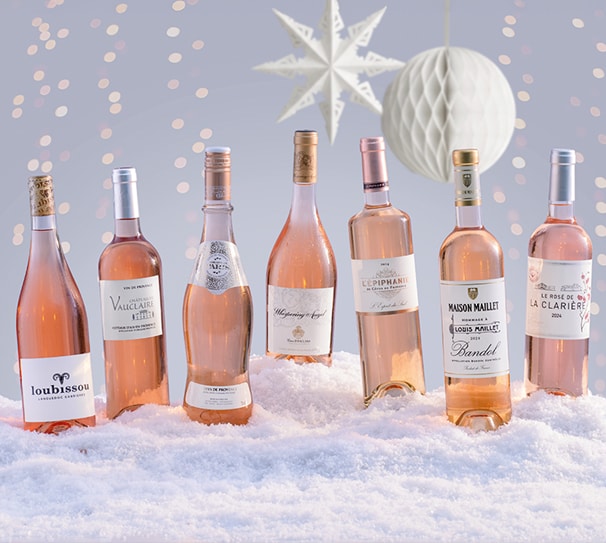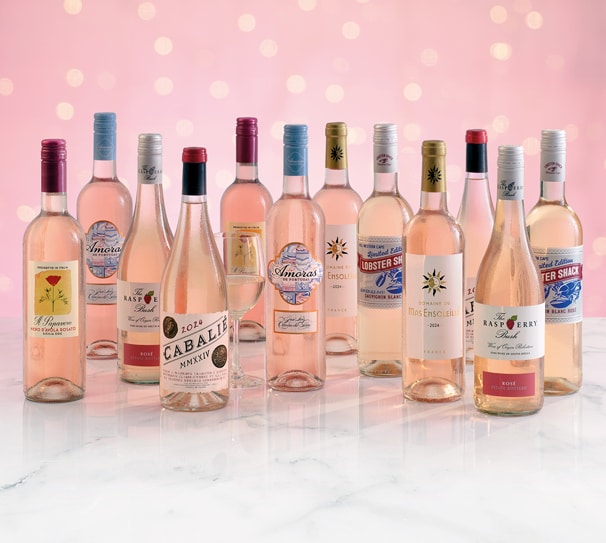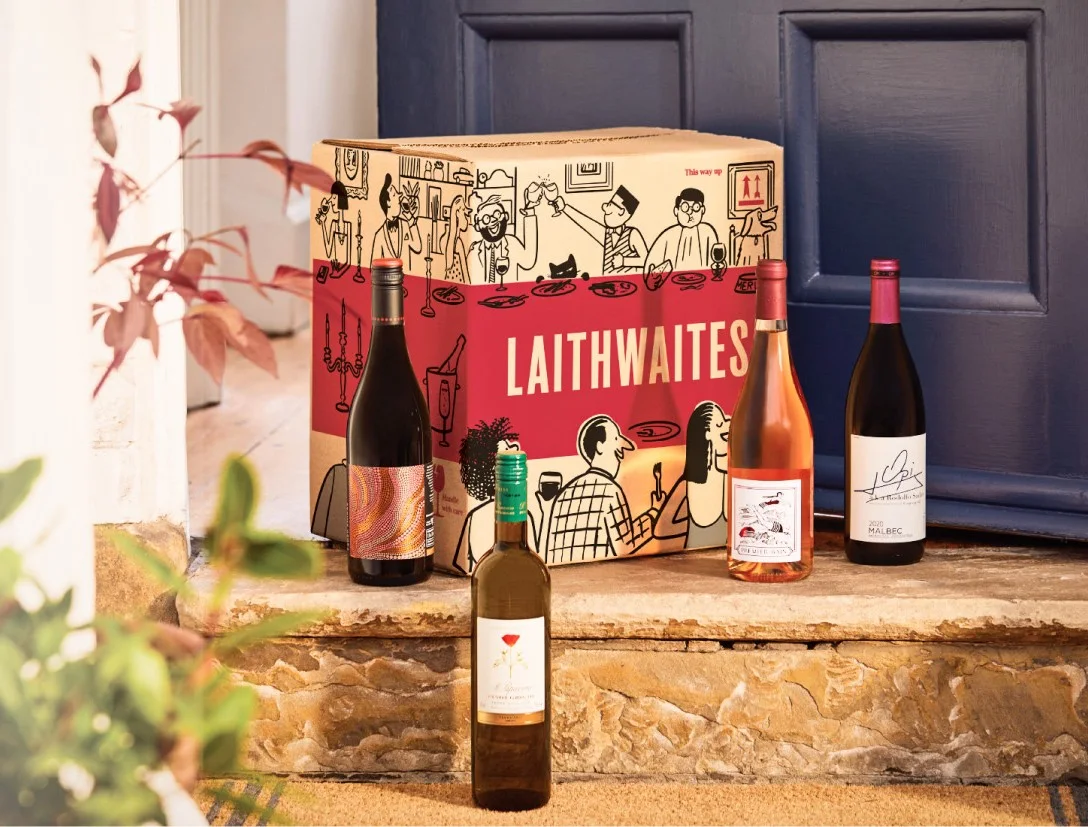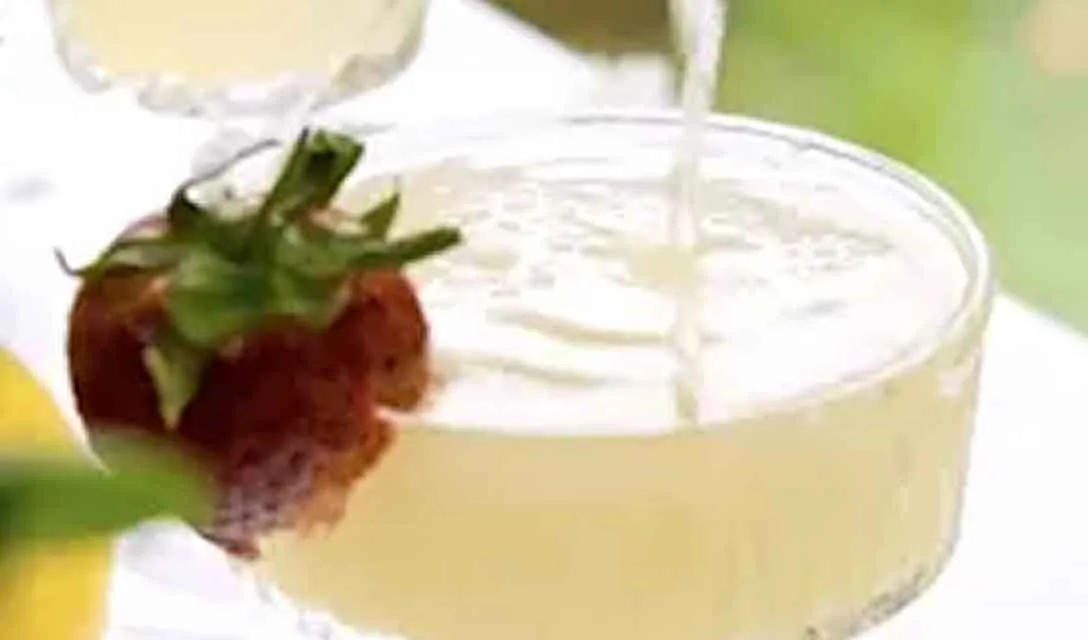Filter by
- £159.48 per caseSAVE £69.96
- One of the world's finest rosés from an iconic estate and winemaker. Always utterly ravishingfrom £17.99 per bottlewhen you mix 12+SAVE £54.12
- A pale, berry-fresh rosé from a fourth-generation family estate close to Bandol, in Provence£9.99 per bottle
- Australia’s beloved Black Stump has gained a friend – first outing for Black Stump’s fruit-filled ro£8.99 per bottleSAVE £3.00
- Bright berry Cabalié rosé from old-vine Grenache and Syrah grapes. Crisp and subtly fruity£8.99 per bottleSAVE £4.00
- Racy-fresh Provençal pink with a shimmering streak of minerality that keeps you coming back for more£10.99 per bottleSAVE £2.00
- A radiant, crisp rosé – vibrant fruit flavours from SW France, made from the rare Négrette grape£7.99 per bottleSAVE £2.00
- Classic Provençal elegance in this rosé by Monsieur Paul, master of pinks of brightness and charm£10.99 per bottleSAVE £1.00
- A pale southern French rosé with a refreshing lemon zestiness from winemaker Laurent Guillot£6.99 per bottle
- Wine without compromise from grape to glass, a delicious rosato, brimful of bright, berry fruit£11.99 per bottleSAVE £2.00
- £107.88 per caseSAVE £30.00
- Iconic Provence rosé – pale, elegant, fresh and effortlessly stylish£15.49 per bottleSAVE £2.51
- £9.99 per bottleSAVE £1.00
- Sacha Lichine’s iconic Whispering Angel rosé from Provence – in a handy half bottle£9.99 per bottleSAVE £2.51
- Fresh and fruity pink from Trophies-galore Zuccardi, three-time winner of the Best Value award£9.49 per bottleSAVE £2.50
- Delightful, berry-scented Loire rosé with racy freshness from the esteemed Bougrier family£9.99 per bottleSAVE £2.00
- We brought you Black Duck, then White. Now meet the new Pink - crisp, citrusy and cherry ripe£7.99 per bottleSAVE £2.00
- A pale, berry-fresh rosé magnum from a 4th-generation family estate close to Bandol, in Provence£22.00 per bottle
- Classy, Provençal estate rosé. Dry and subtle, with delicate berry fruit and zesty freshness£12.99 per bottleSAVE £3.00
- Bright berry Cabalié rosé from old-vine Grenache and Syrah grapes. Crisp, subtle fruit full of charm£8.99 per bottleSAVE £4.00
- Effortlessly elegant Provençal rosé from an award-winning winery – floral with a lovely freshness£13.99 per bottle
- Ripe berry fruit and citrusy zip in this delightful pink from a highly awarded family estate£8.99 per bottleSAVE £2.00
- Mouthwateringly crisp, fruity pink Papavero, crafted from pure, high-grown Sicilian Nero d’Avola£8.99 per bottleSAVE £1.00
- Exquisite, pale-hued, herbal-scented Provence rosé, using the very pick of the harvest’s grapes£18.99 per bottle






























